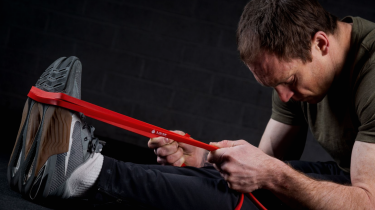
UKSF Equipment for Rehabilitation
Whether you’re looking to improve your strength, increase range of motion or activate muscles. We have a fantastic range of equipment which can aid those aches and pains. Upon consultation with a physiotherapist, sport therapist or personal trainer, you may find yourself with exercise prescriptions to help the problematic area.
You may benefit from mobility equipment throughout this process, here at UKSF we provide such means to ensure you make the most out of your rehabilitation and recovery.
In this article, we will be exploring our range and expanding on how they can assist you.
Our Equipment
Mobility Bands
Made from rubber, mobility bands provide great assistance when exercising. They’re budget-friendly, they’re lightweight, and they can be taken with you anywhere.
Their stretch allows users to experience resistance in activated muscles which is great if you’re still recovering and building strength. Furthermore, these resistance bands provide fantastic aid in stabilising muscles if you’re trying to perfect or enhance technique.
The bands come in an array of thickness depending on the level of resistance you’re looking for. The thinner the band, the easier it is to stretch. The choice of thickness on the band depends on your strength and your intentions with it. If you’re looking at improving flexibility and muscle activation, the thinner bands might be a better option, if you’re looking for support with your pull-ups, then the thicker bands will be able to assist.
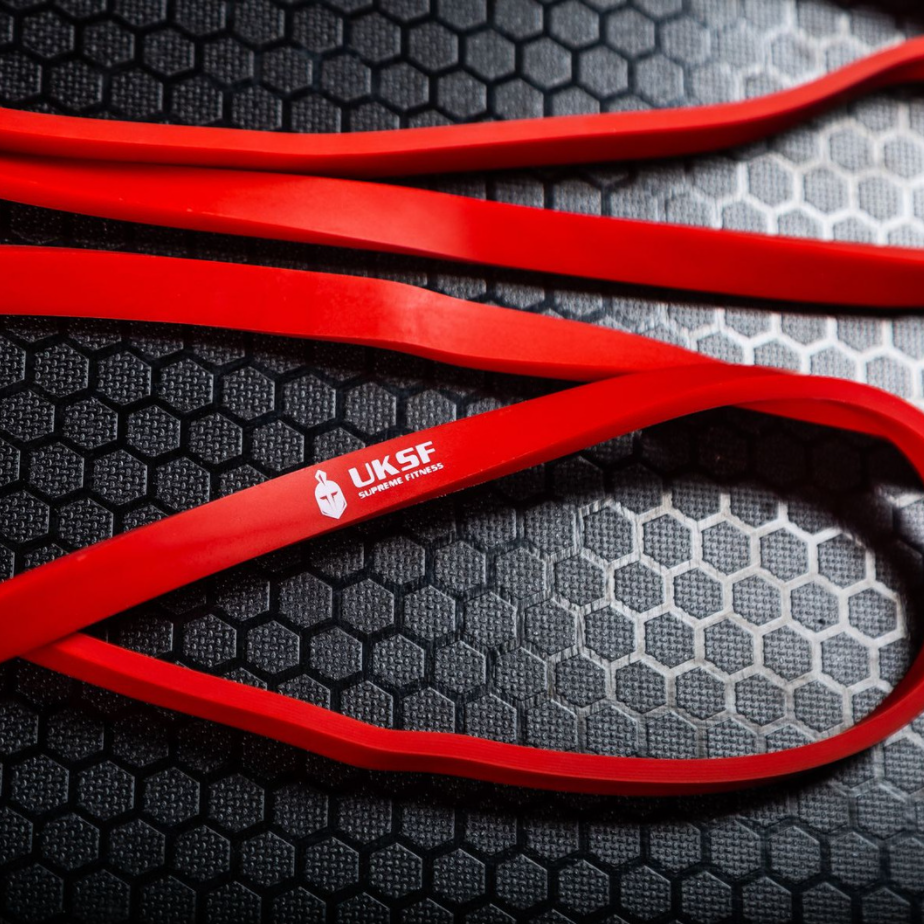
The benefits of mobility bands
- They help focus control over muscles and helps control at various angles.
If you’re familiar with the use of free weights, you’re already aware of the control you need over your muscles to complete the movement successfully and safely. This principle can be applied to the bands too, their elasticity allows users to focus in controlling those movements without resulting in further injury. In addition, if you have an injury at a joint and are struggling to work at a particular angle, mobility bands allow you to adapt this angle without causing too much strain on the muscle structures.
- You can complete compound exercises with them.
This means you can use more than one muscle at a time, and resistance bands encourage the recuperation of multiple muscles to generate the movement.
- They promote improved technique
With the added resistance to movements, users need to accommodate to this in a safe manner which allows you to improve your technique.
Lacrosse Balls
Lacrosse balls are made of hard rubber and have a bit of bounce to them. They’re roughly the size of the palm of your hand and can be used for both improving mobility, massage, coordination, and improving proprioception. Proprioception is your body being aware of its surroundings relative to the space it’s in. An example of this is being able to touch your nose with your eyes closed. Your body is aware of where it is, and your muscles know how to activate for you to reach it.
The toughness of the rubber allows you to freely move the ball over any surface, this allows for self-massage and increasing range of movement. In addition to this, they can bounce off hard surfaces helping with coordination.
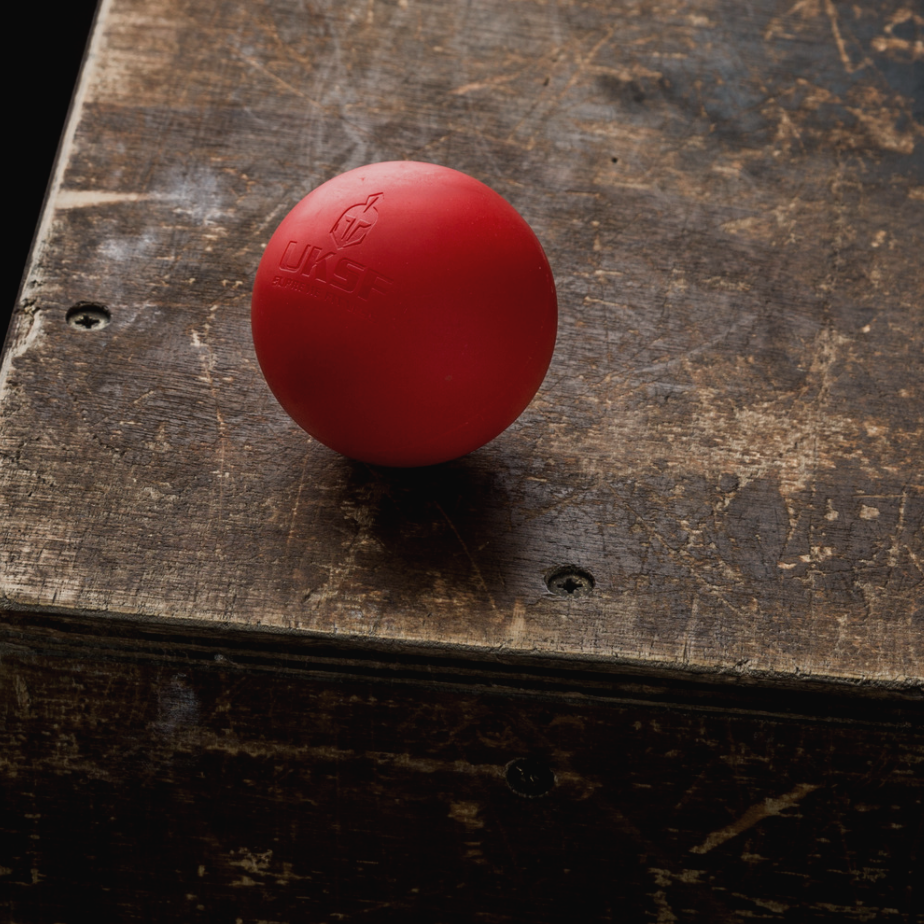
Here’s a few tips on how you can use a lacrosse ball to your advantage:
- For massage (myofascial release) you can use lacrosse balls similarly to a foam roller.
- Avoid rolling over bones and joints
- For increase in mobility in ankles, remain seated and place your foot over the top, roll in clockwise and anti-clockwise directions.
- For increase in mobility in shoulders, stand facing a wall with your arm extended. Place the ball in the palm of your hand and move in clockwise, anticlockwise, up, down, left, and right directions.
- For assistance with proprioception in the upper extremity, try placing the ball on a countertop and close your eyes. Reach out for it with your hand. For lower extremity proprioception, sit down and place the ball on the ground.
Foam Rollers
From general lifestyle, increased exercise intensity, poor posture or movement technique, muscles can become stiff over time. Foam rollers are a handy tool when used combatting stiffness. Designed with protruding grooves with a cylinder shape, the idea is to roll this under any aches through your body.
There are several benefits when it comes to using these foam rollers. Firstly, it reduces soreness and stiffness in muscles, they can assist with muscle recovery, can reduce inflammation when muscles are repairing, and enhance muscle performance.
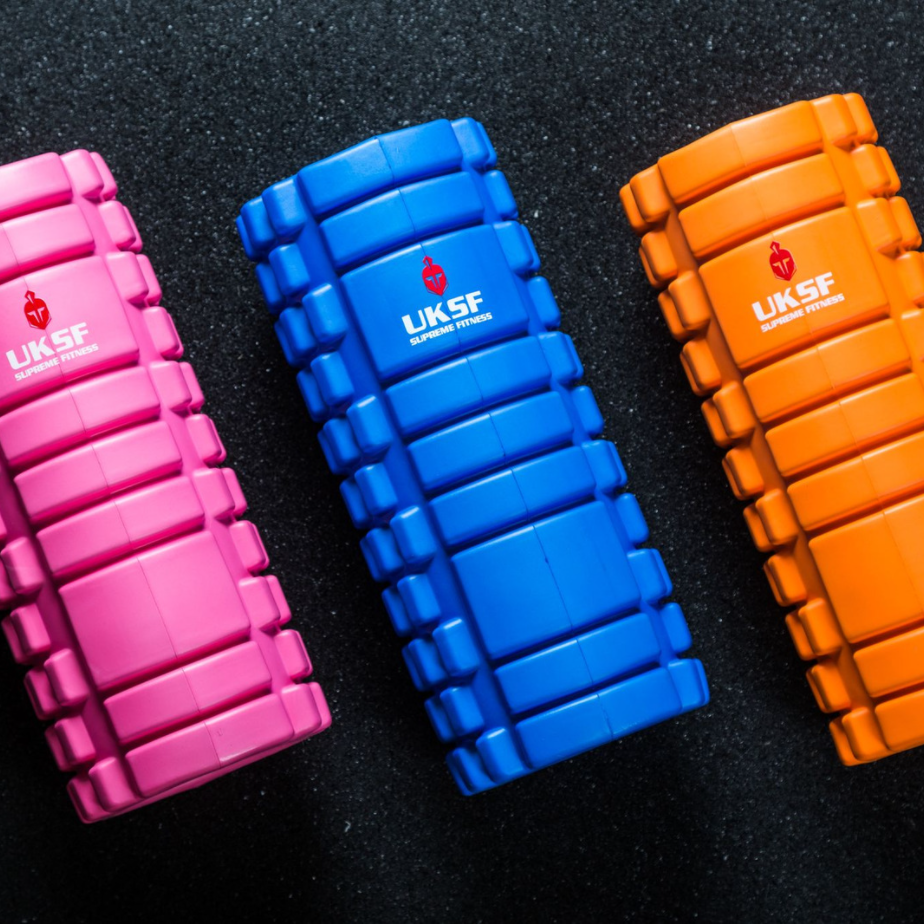
A few tips when using the UKSF foam rollers:
- Use them slowly and hold in tight spots for around 30 seconds
- Avoid rolling on joints
- Try to relax
Kettlebells
Physiotherapists and sports rehabilitators alike are a testament to how effective using kettlebells can be in rehabilitation. This is because objects of daily life are very similar to the structures of a kettlebell. For example, a bag of laundry, shopping or a chair have a handle with weight towards the base.
When combined with training, and applying these principles, the kettlebell is a fantastic method in integrating functional movement back in.
They’re designed to assist users in building on their strength, co-ordination, stability, and conditioning, through dynamic and ballistic movements.
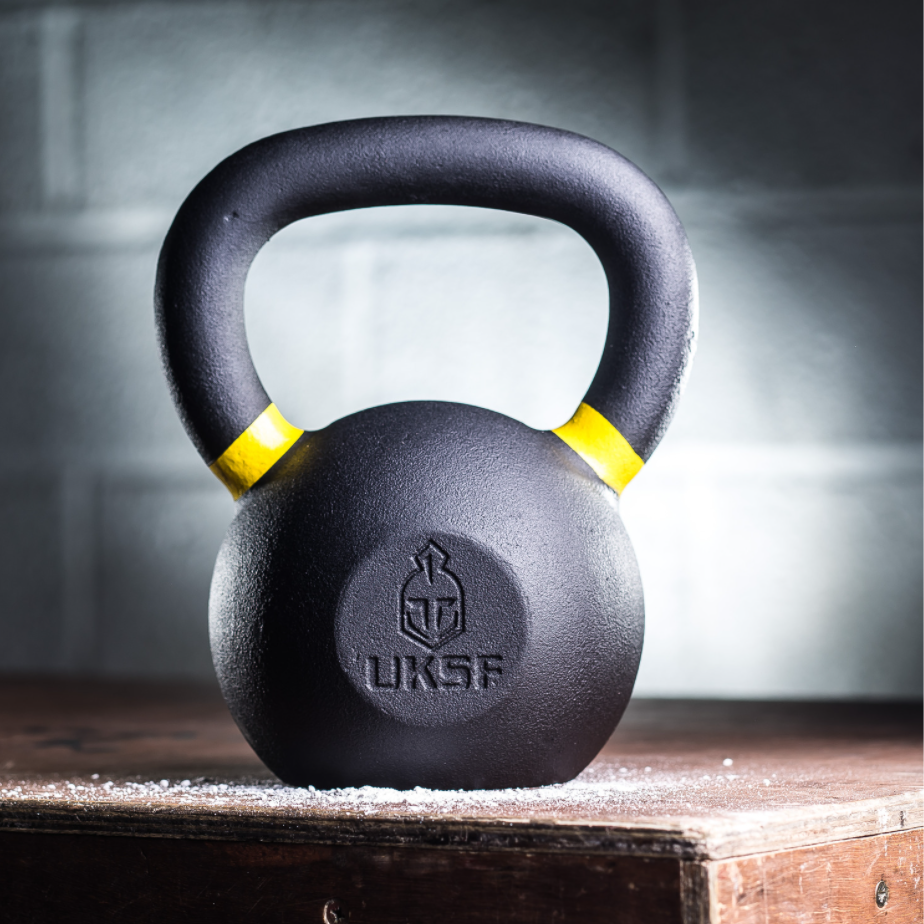
The benefits of the use of the kettlebells are as follows:
- Their weighted nature allows easy progression and regression between movements
- Their shape makes them an extremely functional piece of equipment
- They’re widely available and are very versatile.
